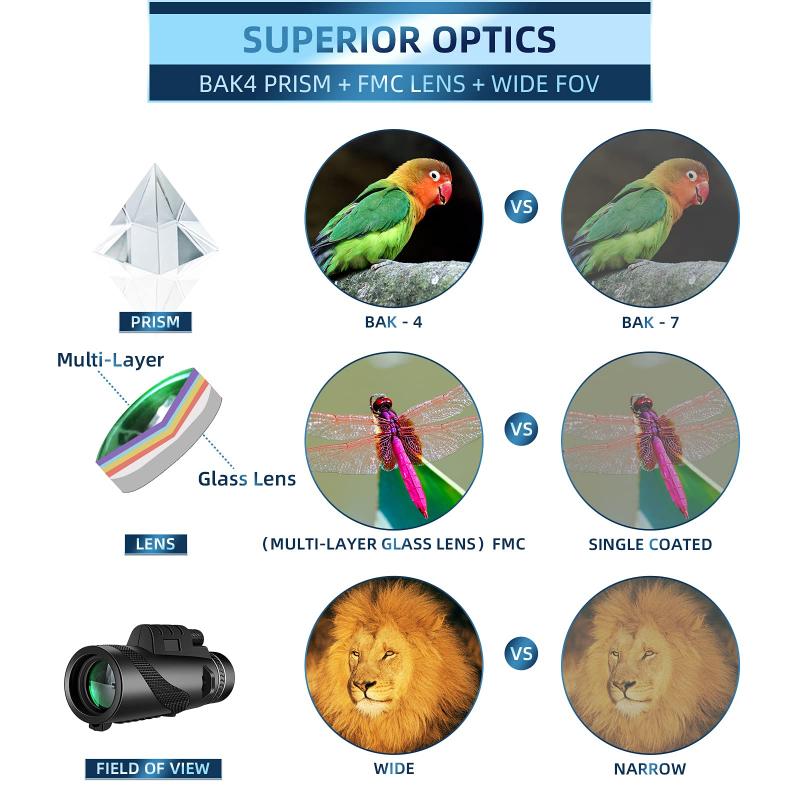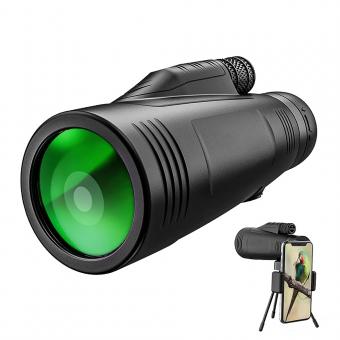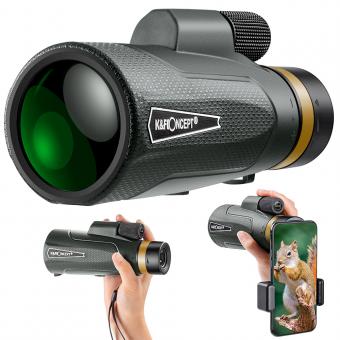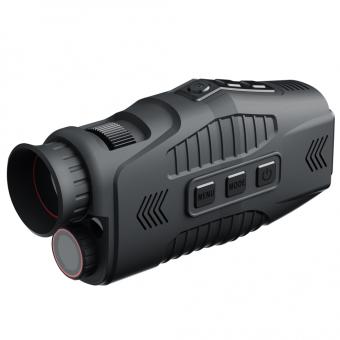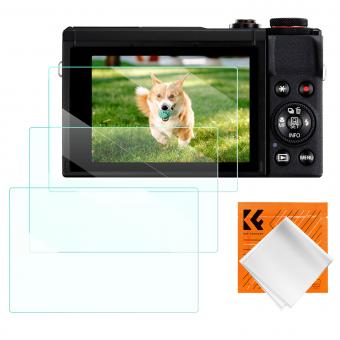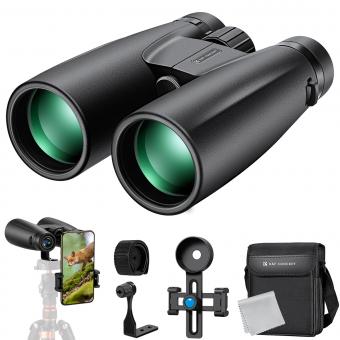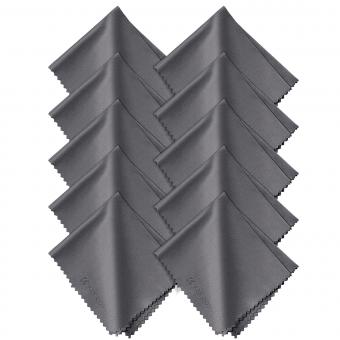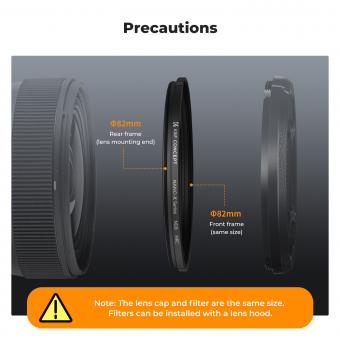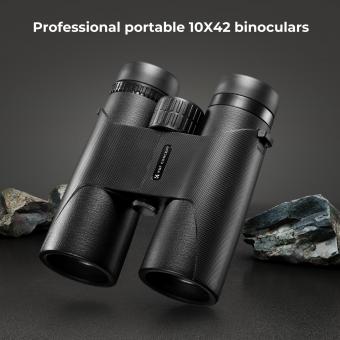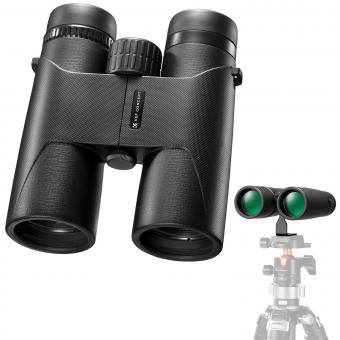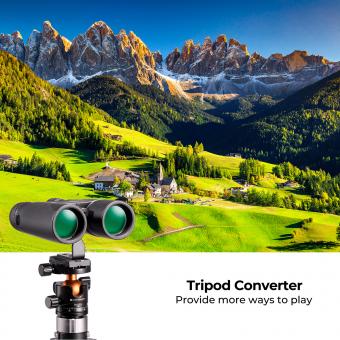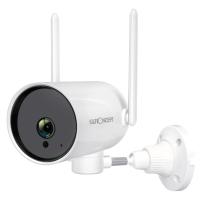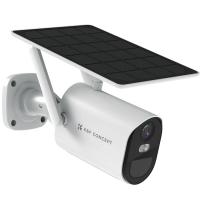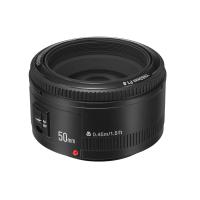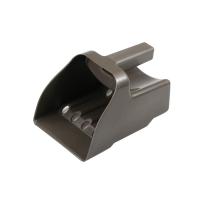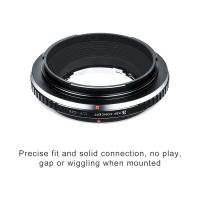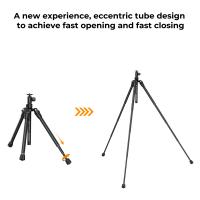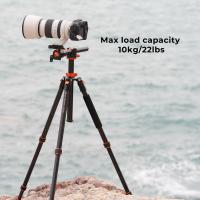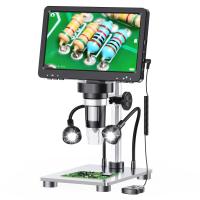How Powerful Is A 40x60 Monocular ?
The power of a 40x60 monocular refers to its magnification capabilities. It means that the monocular can magnify the viewed object up to 40 times its original size. The 60mm objective lens diameter indicates the size of the front lens, which affects the amount of light that can enter the monocular. A larger objective lens diameter allows for more light gathering, resulting in brighter and clearer images. Therefore, a 40x60 monocular can provide a significant level of magnification and potentially offer detailed views of distant objects.
1、 Magnification power of a 40x60 monocular
The magnification power of a 40x60 monocular refers to its ability to enlarge an object up to 40 times its original size. This means that when you look through the monocular, the object you are observing will appear 40 times closer than it actually is to the naked eye. The 60 in the specification refers to the diameter of the objective lens in millimeters, which determines the amount of light that can enter the monocular.
In terms of power, a 40x60 monocular is considered to be quite powerful. It allows you to observe distant objects with great detail and clarity, making it a popular choice for activities such as birdwatching, wildlife observation, and even stargazing. With this level of magnification, you can easily spot fine details on objects that would otherwise be difficult to see.
However, it is important to note that the power of a monocular is not the only factor that determines its overall performance. The quality of the optics, the lens coatings, and the stability of the monocular also play crucial roles in delivering a clear and sharp image. Therefore, it is recommended to choose a monocular from a reputable brand that offers high-quality optics to ensure the best viewing experience.
It is worth mentioning that the latest advancements in monocular technology have led to the development of even more powerful devices. Some monoculars now offer magnification powers of up to 60x or even higher. However, it is important to consider that higher magnification also comes with certain limitations, such as reduced field of view and increased sensitivity to hand movements. Therefore, it is essential to find the right balance between magnification power and usability for your specific needs.

2、 Field of view of a 40x60 monocular
A 40x60 monocular refers to a monocular with a magnification power of 40x and an objective lens diameter of 60mm. The magnification power indicates how much larger an object will appear when viewed through the monocular compared to the naked eye. The objective lens diameter determines the amount of light that can enter the monocular, which affects the brightness and clarity of the image.
In terms of power, a 40x60 monocular is considered to have a relatively high magnification. It allows you to observe objects at a distance with great detail and clarity. This level of magnification is particularly useful for activities such as birdwatching, wildlife observation, or even stargazing. It can bring distant objects closer, making them appear larger and more defined.
However, it's important to note that higher magnification also comes with some limitations. The field of view, or the area visible through the monocular, becomes narrower as the magnification increases. This means that you will be able to see a smaller portion of the scene at a time. Additionally, the image may become shakier due to the increased magnification, making it more challenging to maintain a steady view.
To fully understand the field of view of a 40x60 monocular, it is necessary to consider the specific model and brand. Different manufacturers may have variations in the design and optics, which can affect the field of view. Generally, a higher magnification monocular will have a narrower field of view compared to lower magnification options.
In conclusion, a 40x60 monocular offers a powerful magnification that allows for detailed observation of distant objects. However, it is important to consider the trade-off between magnification and field of view, as well as the specific features and quality of the monocular, to determine its overall performance.
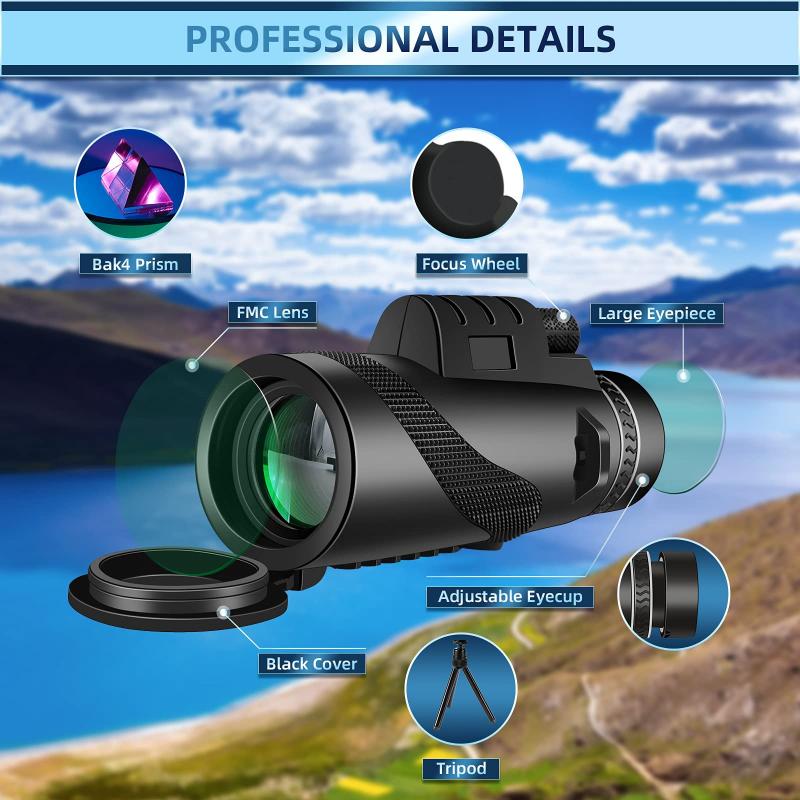
3、 Image quality of a 40x60 monocular
The power of a 40x60 monocular refers to its magnification capabilities. A 40x magnification means that the object being viewed appears 40 times larger than it would to the naked eye. Similarly, a 60mm objective lens diameter is the size of the front lens that gathers light for the monocular.
In terms of power, a 40x60 monocular is considered to be quite powerful. It allows for detailed observations of distant objects, making it suitable for various activities such as birdwatching, wildlife observation, or even stargazing. With this level of magnification, you can see fine details that may not be visible to the naked eye.
However, it is important to note that power alone does not determine the overall quality of a monocular. The image quality of a 40x60 monocular depends on several factors, including the quality of the optics, lens coatings, and overall construction. Higher-quality monoculars will typically provide sharper, clearer, and more vibrant images.
Additionally, the stability of the monocular and the user's ability to hold it steady can also impact image quality. Using a tripod or other stabilization methods can greatly enhance the viewing experience, especially at higher magnifications.
It is worth mentioning that advancements in technology have led to the development of monoculars with even higher magnification capabilities and improved image quality. These advancements include features like image stabilization, high-quality lens coatings, and improved light transmission, resulting in clearer and more detailed views.
In conclusion, a 40x60 monocular is considered to be powerful and can provide detailed observations of distant objects. However, the overall image quality will depend on various factors, including the quality of the optics and the stability of the monocular.
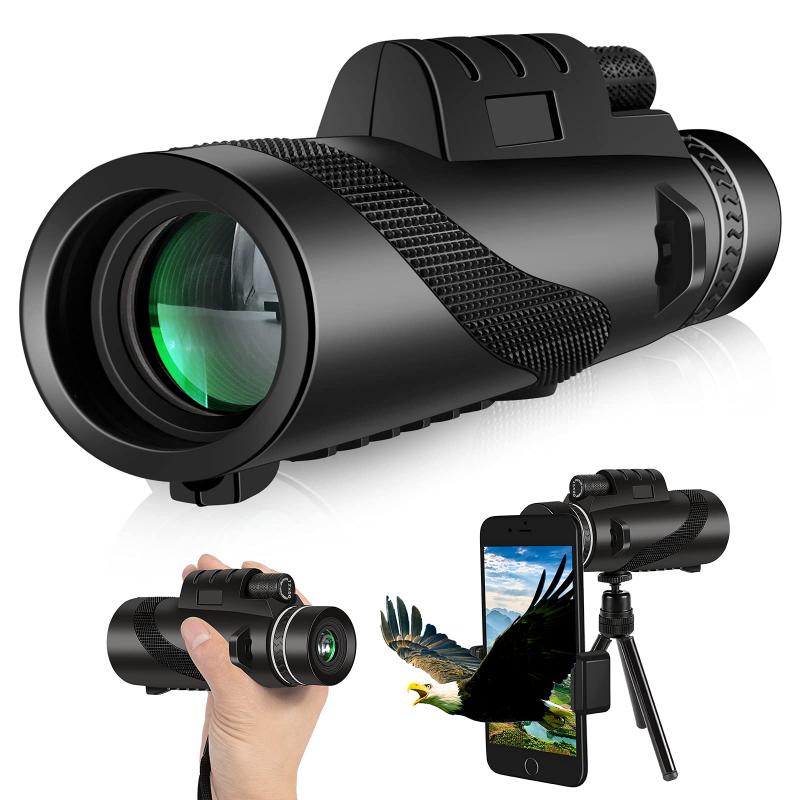
4、 Low light performance of a 40x60 monocular
The power of a 40x60 monocular refers to its magnification capabilities. A 40x60 monocular can magnify an object up to 40 times its original size, allowing for detailed observation of distant objects. However, it is important to note that magnification alone does not determine the overall quality or performance of a monocular.
When it comes to low light performance, a 40x60 monocular may not be the best choice. The size of the objective lens (60mm) does allow for a decent amount of light to enter the monocular, but it may not be sufficient for optimal low light viewing. In low light conditions, a larger objective lens is generally preferred as it allows more light to enter the monocular, resulting in brighter and clearer images.
Additionally, the quality of the optics and coatings used in the monocular also play a significant role in low light performance. High-quality optics and advanced coatings can enhance light transmission, reduce glare, and improve image clarity, even in challenging lighting conditions.
It is worth mentioning that advancements in technology have led to the development of monoculars with improved low light performance. Some manufacturers now offer monoculars with larger objective lenses, specialized coatings, and even night vision capabilities, which greatly enhance their ability to perform in low light environments.
In conclusion, while a 40x60 monocular can provide impressive magnification, its low light performance may not be optimal. It is recommended to consider monoculars with larger objective lenses and advanced optics for better low light viewing experiences.
